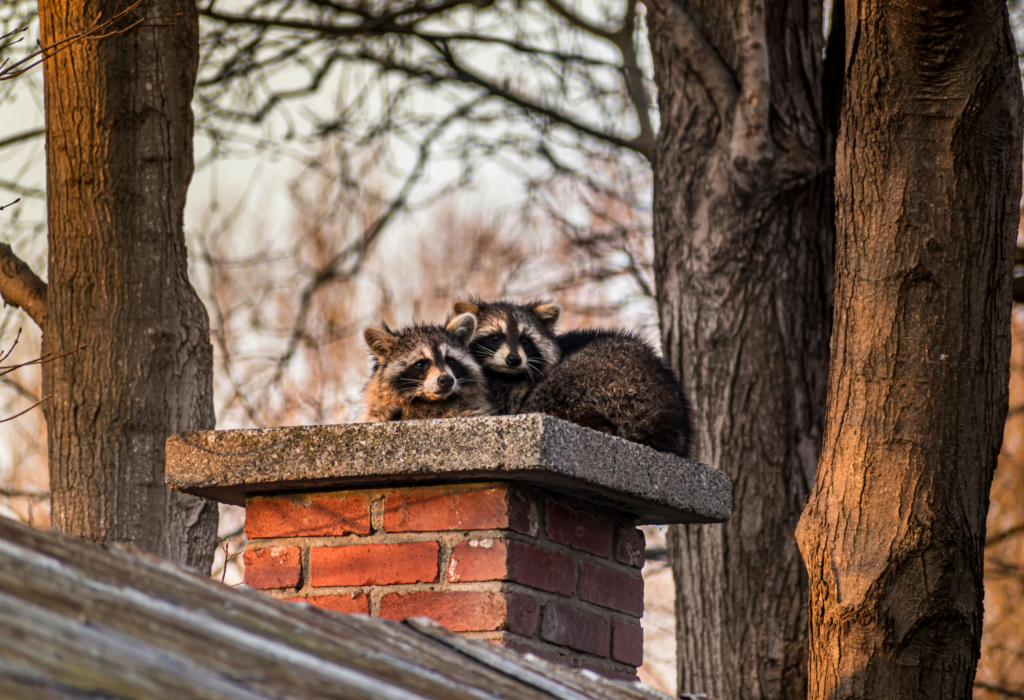Raccoons are highly adaptable and persistent. Once they access a home, they often return if nothing blocks their way. Raccoon removal in Ottawa alone isn’t enough. To prevent future intrusions, homeowners must implement durable and well-planned proofing strategies. These techniques protect the home and reduce long-term wildlife conflicts.
Why Proofing Matters After Raccoon Removal
Raccoons are intelligent and remember safe shelter locations. Attics, sheds, and crawlspaces offer warmth and protection. Removing them solves the immediate issue. But without proper proofing, they may try again—often at the same entry point. In Ottawa, Aspen Wildlife Control has observed frequent re-entry attempts in homes without permanent barriers.
Common Raccoon Entry Points in Ottawa
Raccoons access buildings through roof vents, soffits, chimneys, and gaps in fascia boards. In winter, damaged materials caused by ice and snow increase vulnerability. In spring, raccoons search for nesting spots. Loose shingles or attic vents often become targets. Aspen Wildlife Control includes full inspections in their raccoon removal services to identify all access zones.
Durable Materials Make a Difference
Temporary repairs like foam sealant or tape won’t stop raccoons. These animals can tear through weak materials. Long-term proofing requires metal mesh, steel flashing, and capped vents. These solutions resist chewing, tearing, and weather changes. Aspen Wildlife Control uses materials designed for Ottawa’s climate to withstand freeze-thaw cycles and wind pressure.
Chimneys and Roof Edges: High-Risk Areas
Chimneys are a favorite access point for raccoons. Without a cap, they become warm, vertical shelters. Roof edges, especially where soffits meet shingles, are also vulnerable. Reinforcing these edges with secured metal prevents gnawing. Older homes often have softwood trim, making regular inspection important. Raccoon removal followed by chimney capping is standard procedure for Aspen Wildlife Control.
Preventing Attraction Around the Property
Proofing isn’t just physical. Environmental changes help reduce attraction. Open garbage bins, pet food outdoors, and compost piles invite raccoons to return. Homeowners should secure trash, remove fallen fruit, and install motion-activated lights. Aspen Wildlife Control advises Ottawa clients on practical prevention to complement structural repairs.
Ongoing Monitoring and Seasonal Checks
Even with strong proofing, regular checks are necessary. Weather damage or new gaps may appear over time. Homeowners should inspect roofs, vents, and soffits each season. Signs like insulation debris or roof staining may signal attempted re-entry. Aspen Wildlife Control offers follow-up visits as part of its raccoon removal process in Ottawa.
Protect your home with more than just removal
Trust Aspen Wildlife Control for complete raccoon removal in Ottawa. Their team combines humane eviction with proven, long-lasting proofing methods. Book your inspection to prevent the next intrusion.
FAQ’s
What are the best proofing materials after raccoon removal in Ottawa?
Metal mesh, steel flashing, and chimney caps offer long-term resistance to raccoon intrusion and chewing.
How can I tell if a raccoon has returned?
Look for noises at night, damaged vents, scattered insulation, or feces near entry points or attics.
Are roof inspections needed after raccoon removal?
Yes. Many re-entries in Ottawa occur through roof damage missed during basic repairs.
What role does garbage play in raccoon attraction?
Unsecured garbage and food waste are major attractants. Sealing bins discourages raccoons from returning.
Does Aspen Wildlife Control offer long-term monitoring?
Yes. Follow-up visits ensure that proofing remains intact and no new access points have opened.

